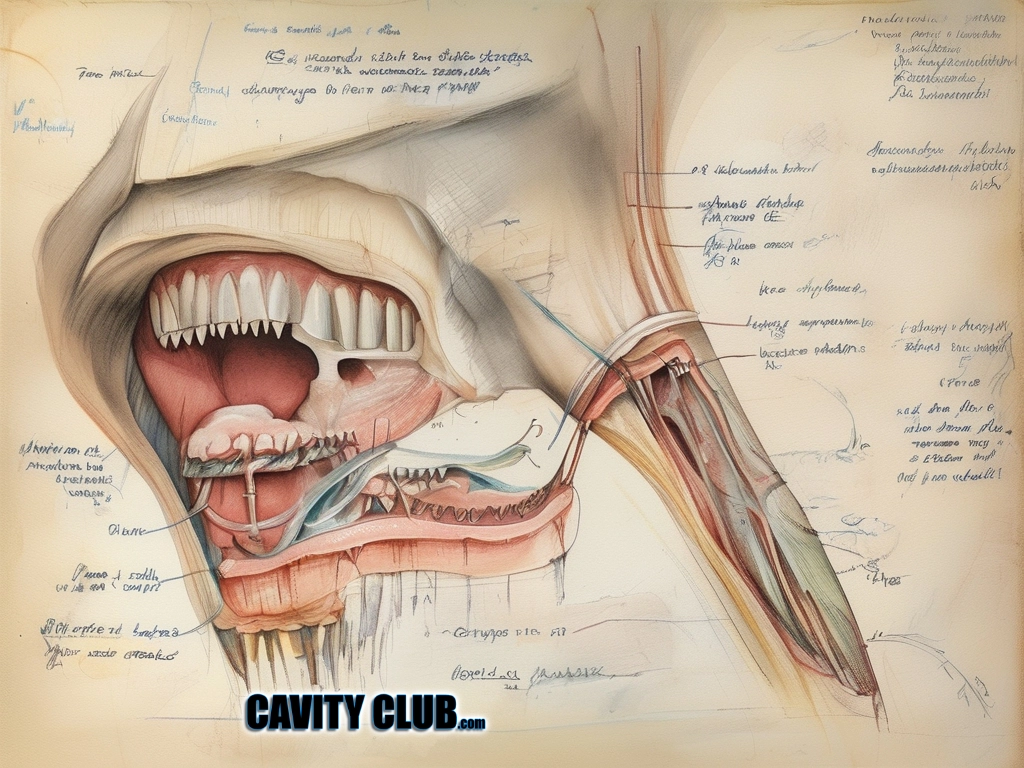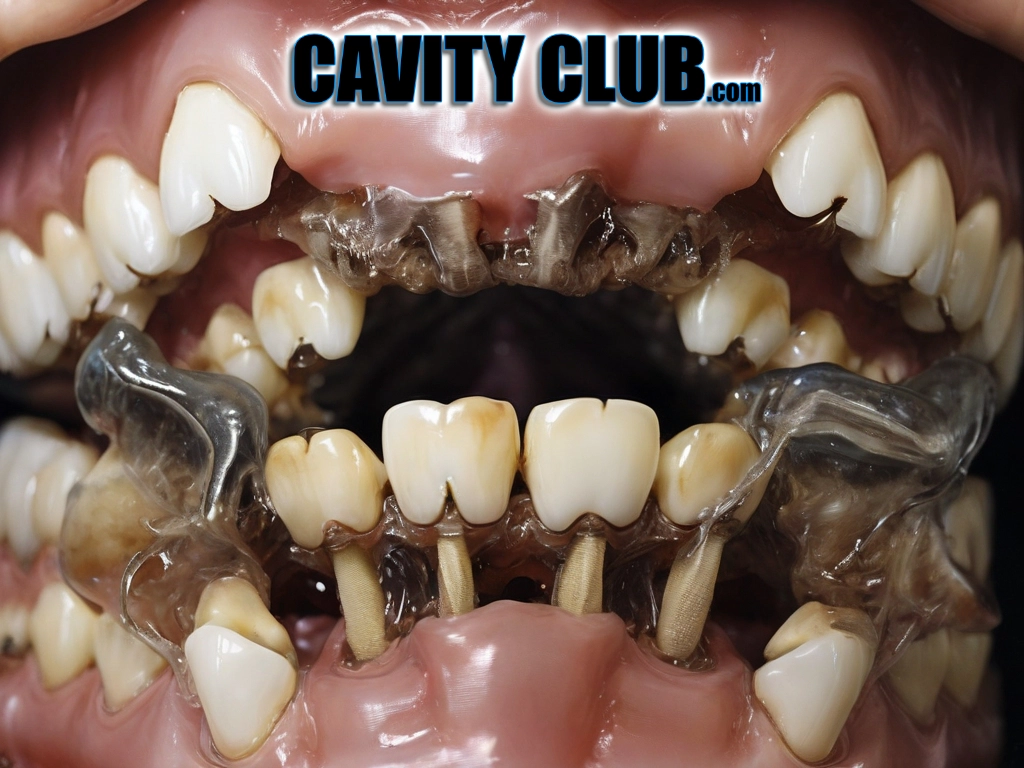How Much Does A Cavity Filling Cost?
How much does a cavity filling cost is the most often asked question in every dental office across the world. Getting a cavity filled is one of the most common dental procedures, with millions occurring in the U.S. every year. But the costs can vary widely depending on the type of filling material used and location of the decay. This article explores the different tooth filling options and what impacts the price you’ll pay to get that annoying cavity restored.

Cavity Filling Procedures
Cavity Basics
A cavity forms when plaque bacteria on the tooth produce acids that demineralize the enamel surface over time. Untreated caries progress through layers of the tooth until reaching the soft dental pulp containing nerves and blood vessels. Most cavities don’t become painful or require a filling until they reach the underlying dentin layer just beneath the enamel. Once decay penetrates the dentin’s tubules, rapid bacterial infiltration follows which demands prompt treatment.
The Filling Process
The basic process involves numbing the area with local anesthesia, then using a dental drill to remove all infected tooth structure. This leaves a clean, infection-free hole ready to receive the filling material intended to replace lost tooth form and function. The specific filling type chosen depends on factors like location of the cavity, extent of damage, budget, aesthetics and clinician or patient material preferences
Types Of Cavity Filling Materials
Composite resin fillings made from a tooth-colored mixture of powdered glass or quartz within a polymer-resin base represent the most popular options due to durability, seamless aesthetics and light curing simplicity. But other choices like dental amalgam, gold or ceramic may work better for large multi-surface cavities to withstand heavy biting forces. Each filling material carries different cost implications.
Tooth Location Affects How Much A Cavity Filling Costs
Posterior teeth with larger surfaces and chewing demands generally require more skill and effort to restore than anterior fillings. A cavity between teeth can be difficult for the dentist to reach and therefore will cost more. Back teeth decay also progresses faster through softer dentin tissue compared to anterior enamel thickness. More extensive decay equals bigger drill/fill requirements and higher fees. Separate charges apply for adjacent tooth surfaces – around $100-150 for simple one surface fillings up to $200 per additional surface on the same tooth. The position of the cavity and need to aesthetically blend composite colors into visible smile zones also influences cost.
Type of Filling Material Affects How Much A Filling Costs
- Composite Resin – $130-$200 per filling. Tooth-colored bonded material that requires etching and bonding agents to adhere it to the prepared tooth structure. More technique sensitivity but excellent aesthetics to mimic natural tooth shade/translucency/fluorescence.
- Dental Amalgam – $75-$150 per filling. Each amalgam filling is hand mixed from a powdered alloy blend including silver, tin, copper and other metals bound by elemental mercury. Amalgams hold up well to chewing stress but require removal of healthy tooth structure for retention and can crack teeth over time. Grey metallic color is highly visible, especially towards front of mouth.
- Gold Foil – $200-$300 per filling. Gold foil finely condenses pure gold leaf layers into the tooth preparation through intricate hand skills. Extremely durable with some antibacterial properties but higher cost. Provides a nice gold hue but largely outdated by tooth-colored options.
- Ceramic – $175-$250 per filling. Glass-like ceramic fillings fuse to the tooth using adhesive bonding. Translucent material blends nicely into surrounding enamel but requires high precision placement to avoid chipping or fractures under stress.
Cavity Filling Costs With Insurance Coverage

Dental insurance often covers between 50-80% of filling costs up to annual maximum limits after paying deductibles, lowering your out-of-pocket costs. But confirm whether your unique plan includes composite fillings or only covers standard amalgam fillings as a basic benefit. Lab fees for custom-shaded resin matches or indirect ceramic restorations may not always qualify either depending on specified dental codes. Review your policy limitations to avoid surprise costs exceeding covered amounts.
Long-term Value Of Various Fillings vs Cost
While amalgam fillings have been trusted to outlast resin options, modern bonding techniques enable composites to now deliver similar durable performance. Either can successfully plug holes in teeth for years before potentially needing replacement compared to temporary filling measures. Paying more upfront for tooth-colored fillings that blend with natural smiles often promotes long-term satisfaction despite marginally higher initial prices over old-school silver fillings.
Additional Factors Affecting How Much A Cavity Filling Costs:
- Number of surfaces needing restoration
- Additional tooth preparations required
- Extent of decay beneath gumline
- Infection risk requiring base/liner or antibacterial rinses
- Temporaries placed after tooth preparation appointments
- Major restoration upgrades like dental crowns
A typical range for getting a basic one-surface cavity filled hovers around $100-200 before insurance discounts based on the above variables. Understanding different filling options and average costs in your area makes it easier to budget for this common dental work. Seeking regular preventive dental visits can also help catch decay early and reduce invasive fillings. Maintaining robust oral hygiene and plaque disruption between teeth helps limit cavities needing restoration as well.
FAQs
A one-surface composite resin filling costs $130-$200 on average based on the fee in your area.
Yes, larger multi-surface cavities in posterior teeth cost more than smaller anterior fillings. Expect fees ranging from $100 up to $250 per tooth depending on surfaces involved.
Amalgam is cheaper at $75-$150 per filling but only indicated for certain back teeth. Tooth-colored composite resin runs $130-$200 but provides better aesthetics.
Most insurance covers 50-80% of either composite resin or amalgam fillings up to your annual limit after paying any deductible. But policies vary, so double check exact coverage.
Gold foil fillings run the most at $200-$300 each. Ceramic fillings fall in the middle around $175-$250 per tooth. Tooth-colored composite fillings cost $130-$200 on average.
Yes, more complex restorations involving dental pulp or root canals can require multiple appointments and expenses exceeding $1000 in additional to the final restoration cost.
While pricier than amalgam upfront, composite resin performs similarly over the long run if applied properly and provides improved aesthetics that maintain smile appearance. So paying extra for tooth-colored fillings represents a worthwhile investment to most patients.